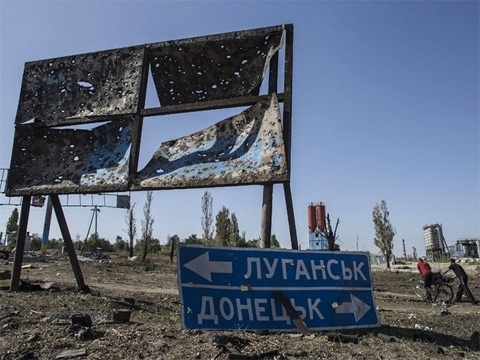“The situation is becoming even worse as prices are increasing quite rapidly compared to incomes, which limits families’ ability to afford the food they need. Food prices are increasing at a time when household incomes are impacted by unemployment, and we see many families resorting to negative coping strategies in the face of economic hardship,” said WFP Representative in Ukraine Dorte Ellehammer. According to her, WFP will continue to distribute food assistance to 70,000 of the most vulnerable people, based on the severity of needs. WFP aims to target elderly people, families headed by single mothers, people with chronic illnesses or disabilities, along with those who are not receiving any other form of humanitarian assistance. An estimated 3.1 million people are in need of humanitarian assistance, and communities across Ukraine continue to experience the negative consequences of the conflict. WFP will continue to scale up the use of cash-based transfers where possible, depending on availability of financial institutions and market conditions, Dorte Ellehammer said. To continue the projects in eastern Ukraine, WFP will need about $30 million to provide much-needed food until December 2017.
Останні новини

"День, якого не повинно бути" — поезія темних часів на Радіо Промінь

"Без Обмежень" новою піснею закликають берегти військових

Ukrainian Diary – digest of the most important news over the past week

Ukrainian Diary – digest of the most important news over the past week (audio)

Ukrainian Diary – digest of the most important news over the past week
Related News

Situation in Donbass become aggravated
Germany says UN peacekeeping mission should be armed and act throughout Donbas
Klimkin: OSCE has no real chance to monitor situation in Donbas

Cathedral in Prague supports occupied cities of Donbas
Prisoner exchange in Donbas to take at least 3 hours




